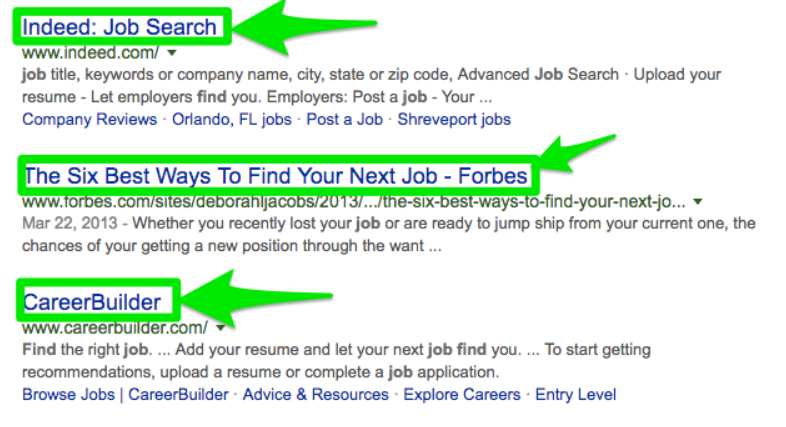Write an effective title tag to optimize your SEO

For any site owner or e-marketing manager in charge of a website, natural referencing (or SEO in English) is essential to exist on the Net and therefore be visible to Internet users on search engines.
Whether it's gaining traffic and generating leads, optimizing your content strategy, or increasing the click-through rate, the title tag plays a decisive role.
What is a title tag for?
On Google's results pages, the “title” tag is the clickable link above the 2 descriptive lines containing the title of a web page. This element gives Internet users, but especially crawlers from Google and other engines, descriptive information about the content of the latter and its relevance to the query entered. In addition to SERPs, this tag is found for example on social networks where it refers to the site and the content concerned.
Containing the main keyword, the title given to a page must be judiciously chosen because it is one of the SEO tags of the most important for Google. In addition, it constitutes interesting information to encourage visitors to click on this URL rather than on another according to their expectations.
By helping to increase the click-through rate, the title tag directly influences the conversion rate. It is therefore an essential component of any site optimization approach, in particular within the framework of a content strategy.
How to write an effective title tag for SEO?
At the time of the storytelling of a page, the title must not only inform the Internet user about the type of content that is offered to him but it must also trigger an emotion. It must therefore be simple, catchy, and sufficiently descriptive. SEO specialists recommend using action words, numbers, or questions beginning with “how much”, “what are (the characteristics, advantages, disadvantages, types of…)” “how”, “why ", Etc.
In addition to including the targeted keyword, it is possible to include the brand or company name in the title tag, especially for a homepage. In a competitive market, it is also a way both to position yourself on the keyword and to make the brand more visible in the SERPs. On the other hand, for a blog page, it is often better to focus on the user's request.
Talking about the rules to follow to obtain an effective beacon also requires mentioning the main mistakes to avoid:
- First, it must not exceed 60 characters, otherwise, it will be cut off and the Internet user will be tempted to favor direct links which provide complete information.
- Likewise, if the title is too short, the engine does not understand the content of the page and will not give it a good ranking.
- The last point, a tag must correspond to a single page, because in the inability to choose, search robots will penalize duplicates.
Finally, for optimized SEO, a title tag is inseparable from meta description tags and quality content.
- Industry
- Art
- Causes
- Crafts
- Dance
- Drinks
- Film
- Fitness
- Food
- Games
- Gardening
- Health
- Home
- Literature
- Music
- Networking
- Other
- Party
- Religion
- Shopping
- Sports
- Theater
- Wellness
- News


